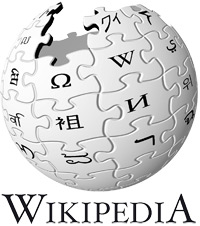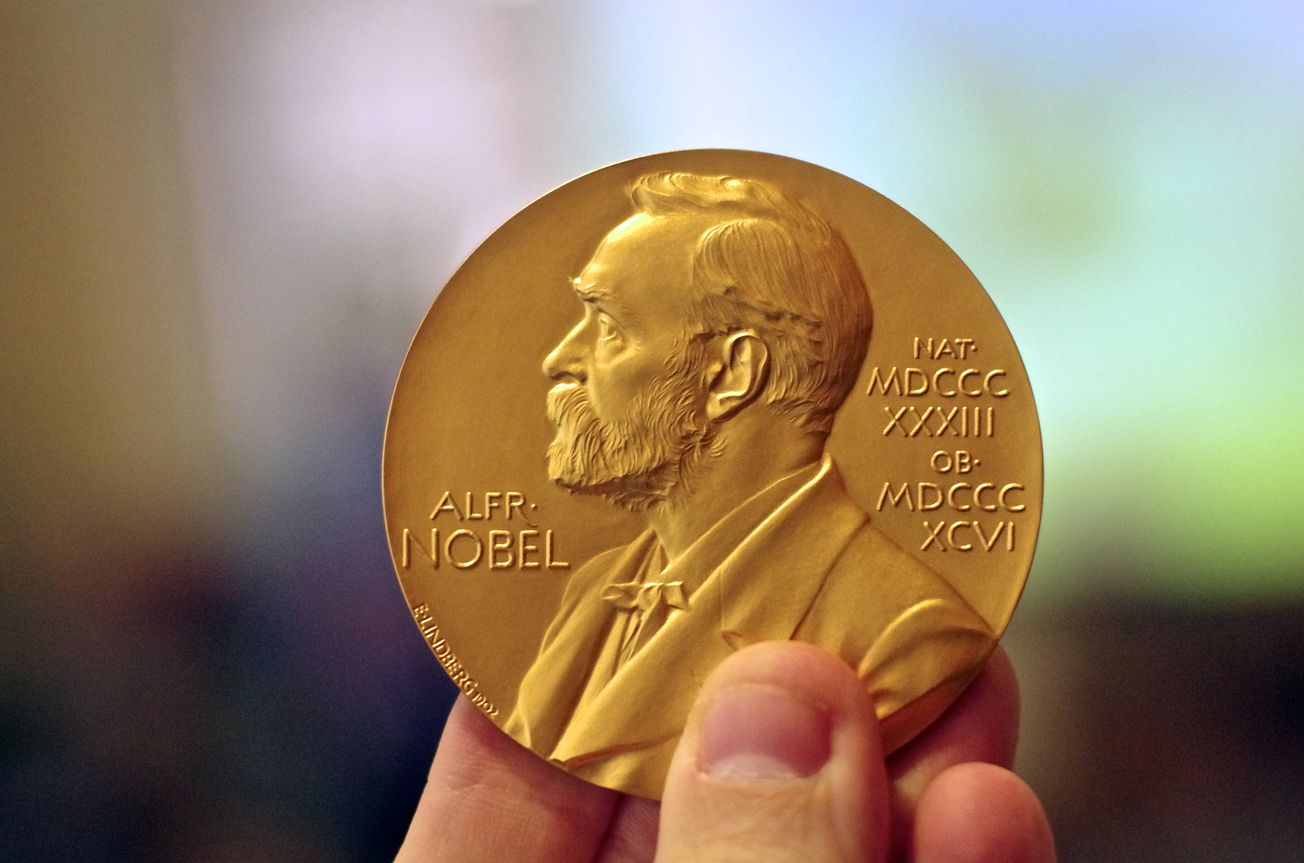By Bethany Harris, Science Editor
Donna Strickland finally gets recognition by Wikipedia. All it took was a Nobel prize.
To be a successful woman in science is still a rarity and akin to the struggle that women in business face trying to break the glass ceiling. Whilst it is common knowledge that women are hugely underrepresented in science, the reason behind this is somewhat unclear. Whether it be due to gender bias, fewer opportunities or a lack of female role models, the sad truth is that women are discouraged and disadvantaged in a male-dominated scientific community.
Strickland was not deemed important enough to warrant her own Wikipedia entry.
As the Nobel Prize for Physics was awarded this week, the debate surrounding women in science and the gender gap has once again been ignited. As the winners were announced, it was to my great delight to see the first female physics winner in 55 years, Donna Strickland, recognised and congratulated for her work on pulse lasers, along with Arthur Ashkin and Gérard Mourou. However, despite her achievements: president of the Optical Society; topical editor of Optics Letters journal and associate professor of physics and astronomy at the University of Waterloo, Strickland was not deemed important enough to warrant her own Wikipedia entry.
The request to create a profile for Strickland by a Wikipedia user was denied back in March with the site’s moderator stating: “This submission’s references do not show that the subject qualifies for a Wikipedia article”. Whilst the denial to merit Strickland’s achievements on a platform where even the most bizarre topics are indorsed is shocking, what’s more disconcerting is that colleague and fellow prize winner Mourou was awarded his own entry in 2005. This again emphasises the marginalization of women in science and the lack of equality that we are subject to in a world that requires us to work harder for recognition and prove our intelligence.

Flickr / Octavio Isaac Rojas Orduña
That said, recognition was awarded to Strickland around an hour and a half after the prize was announced on Tuesday, so that finally her profile can now be found along side other fascinating Wikipedia titles such as ‘Toilet paper orientation’ and ‘Fart lighting’. However, despite her poor recognition Strickland remained wonderfully optimistic, stating to the Canadian Press: “we should never lose the fact that we are moving forward. We are always marching forward.”
Strickland shares her award with 205 physicists, only 2 of which are female.
Strickland shares her award with 205 physicists, only 2 of which are female, highlighting the lack of credit afforded to women amongst the Nobel committee. Interestingly, the committee is however aware of the lack of female prize winners. Göran Hansson, the vice-chair of the board of directors of the Nobel Foundation, said to The Guardian in 2017: “We are disappointed looking at the larger perspective that more women have not been awarded. I suspect there are many more women who are deserving to be considered for the prize.”
With three female prize winners this year, compared to no female winners in 2017, perhaps representation and recognition is set to improve and there is truth behind Hansson’s above comment. If nothing else Strickland’s win has opened our eyes further to the need for better female representation and inclusion, not only amongst laureates, but in the wider scientific community. Following her award Strickland conveyed that she hopes her prize may generate a milestone for young women endeavouring to become involved in scientific research.
Dr Rose Murray, School of Biological Sciences commented: “Gender biases run deep in our culture & society today. This can be felt more strongly in the conventionally male dominated sciences of Physics and Chemistry, but even in the Biological Sciences. Biological Sciences actually has a female bias at undergraduate entry, but as you move up the academic hierarchy you see a significant shift to male colleagues. Even in our own school, the number of male professors massively outweighs the number of female professors. Whilst I do believe this ratio will change as new generations move upwards, there is still work to be done to tackle gender biases in science. Bringing about change will take multiple approaches, but I believe one of those is through education of our children and students about successful female scientists who are too often written out of history. I think it was a huge shame that Donna Strickland didn't have her own Wikipedia page due to having not met the criteria, but I am very glad to see this has since been rectified.”
In my opinion, the importance of female role models such as Strickland are often overlooked. There are many successful women who have made amazing contributions to science, yet still go unrecognised and unappreciated. Talks and campaigns need to be put in place at a younger age to give the necessary advice and encouragement to women looking to break into research, as well as the opportunity to meet experienced female scientists. Time also needs to be invested into encouraging women to pursue their scientific passions, and efforts made to challenge the misconceptions, such as ‘women can’t do maths’ or ‘women are less intelligent’, that many individuals still hold.
Personally, as a woman in science facing challenges of my own, I find Strickland’s attitude inspiring and rather comforting in that she has not let gender bias hold her back or shield her from success. Whilst women are breaking down the stereotype that ‘science is for men’ and are becoming increasingly included and represented amongst the scientific community, there is still a long road ahead before equality of opportunity is achieved. I am however optimistic.
Featured Image: Flickr / Adam Baker







